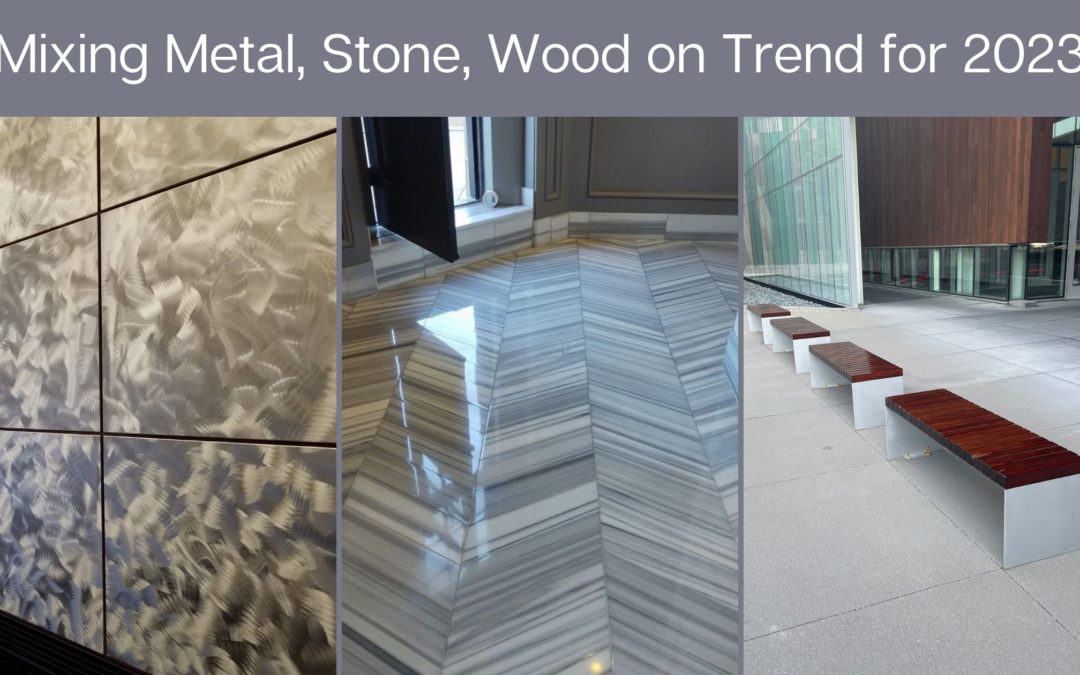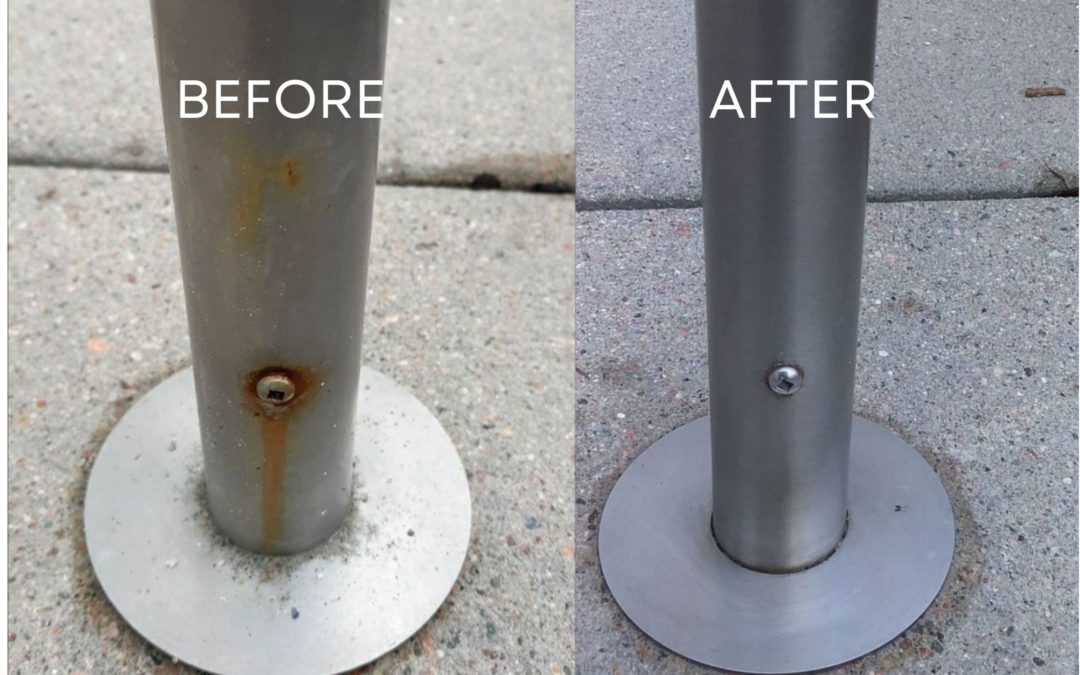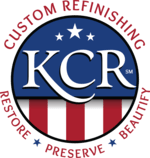
by KC Restoration | Feb 14, 2023 | Blog, News
Commercial design is constantly evolving. It’s important to stay on top of the latest trends in order to create spaces that are both stylish and timeless. Here are four of the most popular commercial design trends predicted for 2023: Mixed Materials A predicted trend...

by KC Restoration | Nov 2, 2021 | Blog
If the metal surfaces in your facility are scratched, dirty or have a dated appearance, consult with a professional about your options. Not all metal needs to be replaced. You can easily clean, restore and even change the color of the metal surfaces in your...

by KC Restoration | May 11, 2021 | Blog, Metal
As more employers unveil their plans for workers to return to their offices, landlords are also getting ready to welcome back tenants. But even the nation’s most well-funded real estate moguls, whose tenants have largely paid rent throughout the pandemic, recognize...
by KC Restoration | Nov 3, 2020 | Blog, Metal, Uncategorized
Metal fabrication is a vital industry that supports the world’s infrastructure and economy. Some form of metal appears in our lives every day from household appliances to vehicles. Metals like carbon steel, stainless steel and aluminum make many aspects of life...
by KC Restoration | Aug 10, 2020 | Blog, Metal
Many facility and property managers struggle with how to transform outdated and worn entrances, elevators and other metal interior surfaces into clean, modern and appealing finishes that will enhance the image of their facility. Managers often want shiny...




